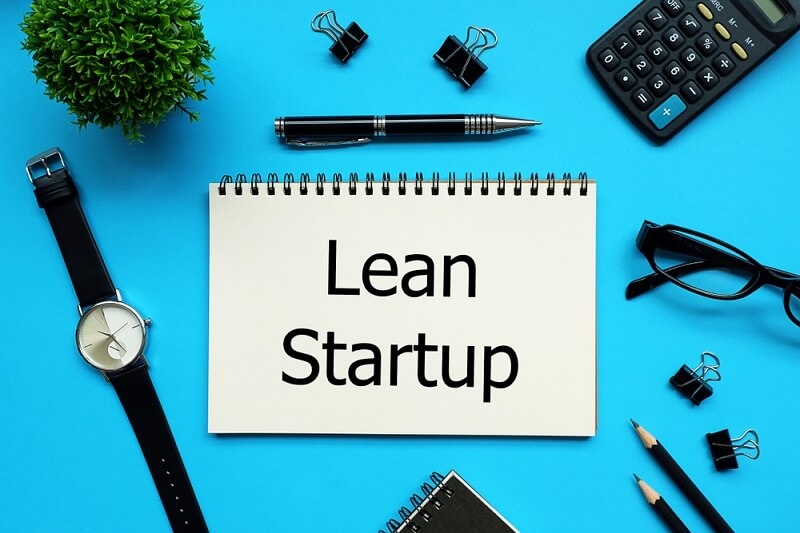
Starting a commercial enterprise comes with massive risks—however, what if you could take a look at your concept earlier than spending years and heaps of greenbacks constructing the wrong side? That’s precisely where the lean startup method is available. This modern-day framework helps marketers validate ideas fast, construct the most effective what’s essential, and iterate based on actual customer feedback.
Whether you're a primary-time founder or a pro entrepreneur, the usage of proven MVP lean startup steps and client validation strategies will help you avoid highly-priced errors. In this whole manual, we’ll discover the whole thing from the lean canvas template to real international pivot enterprise method examples—all even as following the lean construct degree learn cycle to rapid-music your direction to product-marketplace match.
One scientific method for creating startups is the lean startup technique. It was created by Eric Ries to accelerate the cycles of product improvement and rapidly determine the viability of a business model.
The tilt startup strategy focuses on understanding and changing in real time, as opposed to creating a comprehensive business plan and making significant investments before determining whether buyers need the product. It promotes creating a Minimum Viable Product (MVP), testing it with early adopters, evaluating the outcomes, and basing decisions mostly on factual information.
Founders can save time, money, and effort by using this approach, which is called the Lean Construct Measure examine cycle.
The cornerstone of the lean startup method is developing a Minimum Viable Product (MVP)—the simplest version of your product that incurs the least cost and lets you accumulate maximum feedback.
You may be sure that you are investing in capabilities that your clients need by following these MVP lean startup procedures.

Without customers, a product is simply a hobby and not an enterprise. Techniques for purchaser validation are therefore crucial to the tilt startup technique. They help in confirming, before you scale, that your presumptions approximately what your clients need are accurate.
The first-rate client validation techniques rely upon real-global behaviour, not just critiques.
Use the Tilt Canvas template, a one-page business enterprise version device that was modified from the conventional Business Model Canvas, to cartoon out your concept earlier than you begin developing. It aids in early risk detection and enables you to visualise important assumptions.
Each field on the Lean Canvas is a hypothesis that you must test the use of the Tilt Build Degree Examine Cycle. It’s a residing report that evolves along with your startup.
The core of the lean startup methodology is the lean construct measure research cycle. It's a loop made to help you learn about and modify your product in response to customer feedback.
This process reduces waste and maximises getting to know in step with the dollar spent. You’re usually transferring ahead, simply more intelligently.
Even the nice ideas can miss the mark. A pivot is a structured exchange designed to test a brand new hypothesis approximately your product or increase strategy. The key is understanding whilst to pivot and the usage of it to transport towards achievement.
A nicely-timed pivot is often what separates failure from breakout achievement.
No matter your commercial enterprise type, the lean startup methodology can be followed. Here’s how:
Lean standards help all commercial enterprises reduce risk and release smarter.
Even with the quality equipment, many founders misuse the tilt startup approach. Avoid these pitfalls:
Following the tilt construct degree learn cycle enables you to live disciplined and focused on value introduction.
Using the lean startup technique leads you to the final aim: product-market match. But how do you understand whilst you’ve hit it?
When your MVP resonates and your customers are coming again for more, it is time to scale.
Using the proper gear can streamline your lean startup adventure. Here are a few that align with every step:
These gears support each part of the tilt build cycle, the examine cycle, so you can release smarter and quicker.
If you’re serious approximately building a product people need, then embracing the tilt startup technique is non-negotiable. From the usage of the lean canvas template to making use of MVP lean startup steps, the entire machine is designed to help you avoid wasting time, cash, and energy.
You’ll test, talk to actual customers, practice consumer validation strategies, and use the lean construct degree learn cycle to develop smarter. And in case your concept desires to shift direction, appearance to pivot enterprise strategy examples for guidance and proposal.
With this approach, you’ll no longer best validate your enterprise idea speedy—you’ll construct something virtually precious.
This content was created by AI